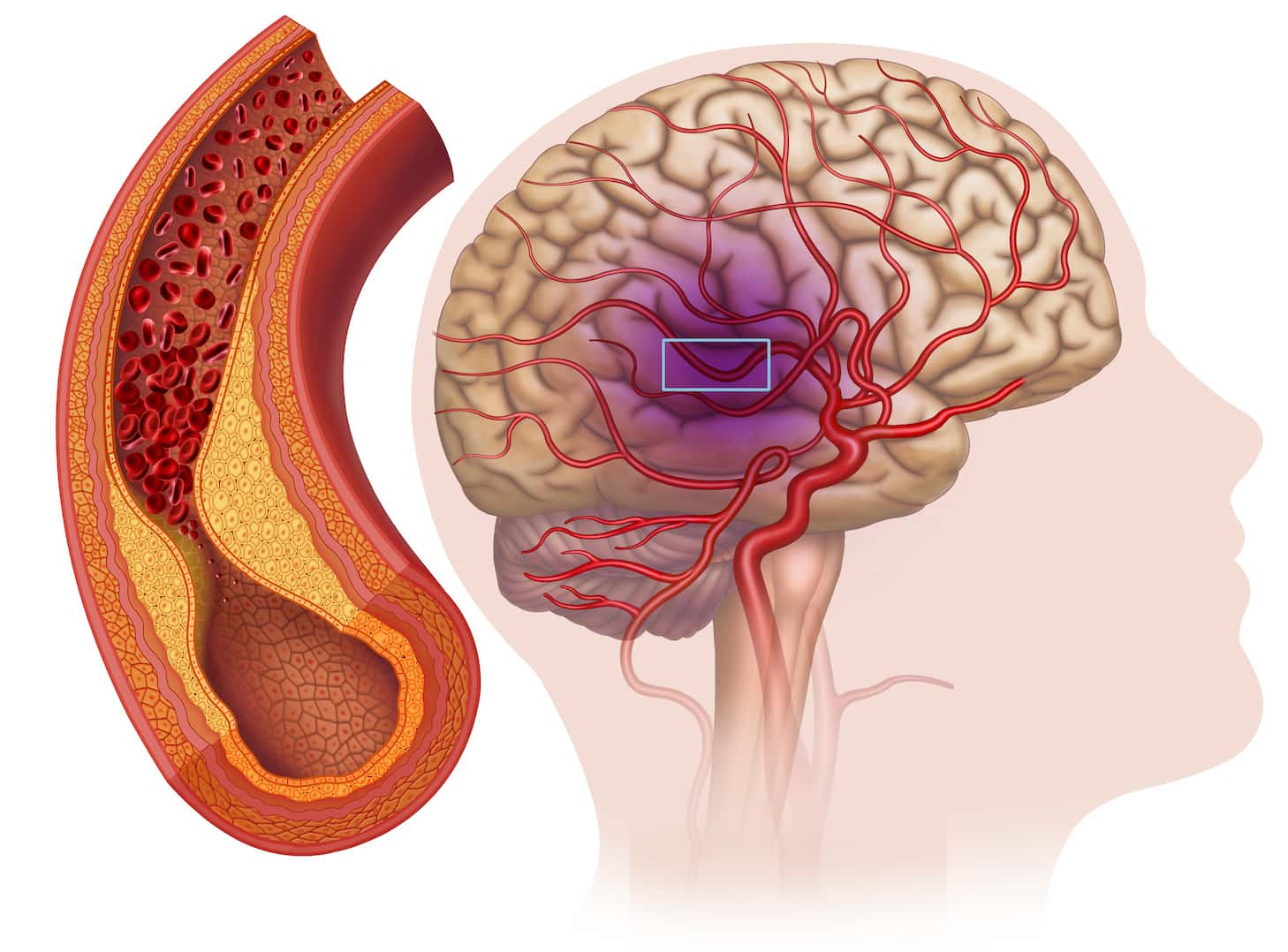
Carotid Stenting vs. Carotid Endarterectomy
Carotid stenting and carotid endarterectomy are two common procedures used to prevent strokes caused by carotid artery disease. Both procedures have their benefits and drawbacks, and deciding which one is the best choice for a particular patient can be a complex decision. In this article, we will compare and contrast carotid stenting and carotid endarterectomy to help you better understand which procedure may be the best choice for stroke prevention.
What Is Carotid Artery Disease?
Before we delve into the differences between carotid stenting and carotid endarterectomy, let’s first discuss what carotid artery disease is. Carotid artery disease is a condition that occurs when the arteries that supply blood to the brain become narrow or blocked. This narrowing or blockage is usually caused by a buildup of plaque, which is made up of cholesterol, calcium, and other substances found in the blood.
If the blockage becomes severe enough, it can restrict blood flow to the brain and cause a stroke. A stroke occurs when the blood supply to the brain is interrupted, either by a blockage or a rupture of a blood vessel. Strokes can cause a range of symptoms, including paralysis, numbness, difficulty speaking or understanding speech, and loss of vision.

What Is Carotid Endarterectomy?
Carotid endarterectomy is a surgical procedure that is used to remove plaque from the carotid arteries. The procedure is typically performed under general anesthesia and involves making an incision in the neck to access the carotid artery. The surgeon then opens the artery, removes the plaque, and sews the artery back together.
Carotid endarterectomy has been used for many years to prevent strokes caused by carotid artery disease, and it is considered the gold standard for treating carotid artery disease in many cases. The procedure has a high success rate and is associated with a low risk of complications.
What Is Carotid Stenting?
Carotid stenting is a minimally invasive procedure that is used to treat carotid artery disease. The procedure involves inserting a small metal mesh tube called a stent into the carotid artery to help keep it open. The stent is inserted through a small incision in the groin and threaded up to the carotid artery using a catheter.
Carotid stenting is a relatively new procedure, and it has not been used as extensively as carotid endarterectomy. However, it is becoming more widely used as an alternative to carotid endarterectomy, particularly in patients who are at high risk for complications from surgery.
Which Procedure Is the Best Choice for Stroke Prevention?
Deciding which procedure is the best choice for stroke prevention depends on several factors, including the patient’s age, overall health, and the severity of their carotid artery disease. In general, carotid endarterectomy is considered the gold standard for treating carotid artery disease, particularly in patients who are at low to moderate risk for complications from surgery.
However, carotid stenting may be a better choice for some patients, particularly those who are at high risk for complications from surgery. For example, patients who have had previous neck surgery, have extensive scarring in the neck or have other medical conditions that make them poor candidates for surgery may be better suited for carotid stenting.
Ultimately, the decision of which procedure to use for stroke prevention should be made on a case-by-case basis, in consultation with a physician who specializes in the treatment of carotid artery disease. Both carotid endarterectomy and carotid stenting are effective treatments for carotid artery disease, and the best choice depends on the individual patient’s unique circumstances.
Which Is Better Carotid Endarterectomy or Stent?
Deciding which is better between carotid endarterectomy and stent depends on a variety of factors, including the patient’s age, overall health, and the severity of their carotid artery disease. Both procedures have their benefits and drawbacks, and the best choice ultimately depends on the individual patient’s unique circumstances.
Carotid endarterectomy is considered the gold standard for treating carotid artery disease, particularly in patients who are at low to moderate risk for complications from surgery. However, carotid stenting may be a better choice for some patients, particularly those who are at high risk for complications from surgery or have other medical conditions that make them poor candidates for surgery. A physician who specializes in the treatment of carotid artery disease can help determine which procedure is the best choice for stroke prevention in each patient.
What Is the Best Treatment for Blocked Carotid Artery?
The best treatment for a blocked carotid artery depends on the severity of the blockage and the patient’s overall health. For mild blockages, lifestyle changes such as quitting smoking, improving diet, and exercising regularly may be recommended. In more severe cases, medications such as blood thinners or cholesterol-lowering drugs may be prescribed.
In cases where the blockage is significant and poses a high risk of stroke, a surgical procedure may be recommended. Carotid endarterectomy is the gold standard for treating carotid artery disease, but carotid stenting may also be an option for some patients. Ultimately, the best treatment for a blocked carotid artery should be determined by a physician who specializes in the treatment of carotid artery disease and tailored to each patient’s unique circumstances.
The Study of Carotid Stenting vs. Carotid Endarterectomy
A recent multicenter clinical trial published in the New England Journal of Medicine conducted a comprehensive comparison of carotid stenting and carotid endarterectomy for the prevention of strokes caused by carotid artery disease. The study followed a large cohort of patients over several years and found that both procedures were effective in reducing the risk of stroke. However, the choice between the two procedures should be individualized, considering patient-specific factors such as age, comorbidities, and anatomical considerations.
Healthy Türkiye Notes
In conclusion, carotid artery disease is a serious condition that can lead to strokes if left untreated. Both carotid endarterectomy and carotid stenting are effective treatments for preventing strokes caused by carotid artery disease. While carotid endarterectomy is considered the gold standard for treating carotid artery disease, carotid stenting may be a better option for some patients, particularly those who are at high risk for complications from surgery.
The best treatment for a blocked carotid artery should be determined on a case-by-case basis, taking into account the patient’s age, overall health, and the severity of their carotid artery disease. A physician who specializes in the treatment of carotid artery disease can help determine which procedure is the best choice for stroke prevention in each patient. With appropriate treatment and ongoing management, it is possible to reduce the risk of strokes caused by carotid artery disease and improve overall health outcomes for patients.



